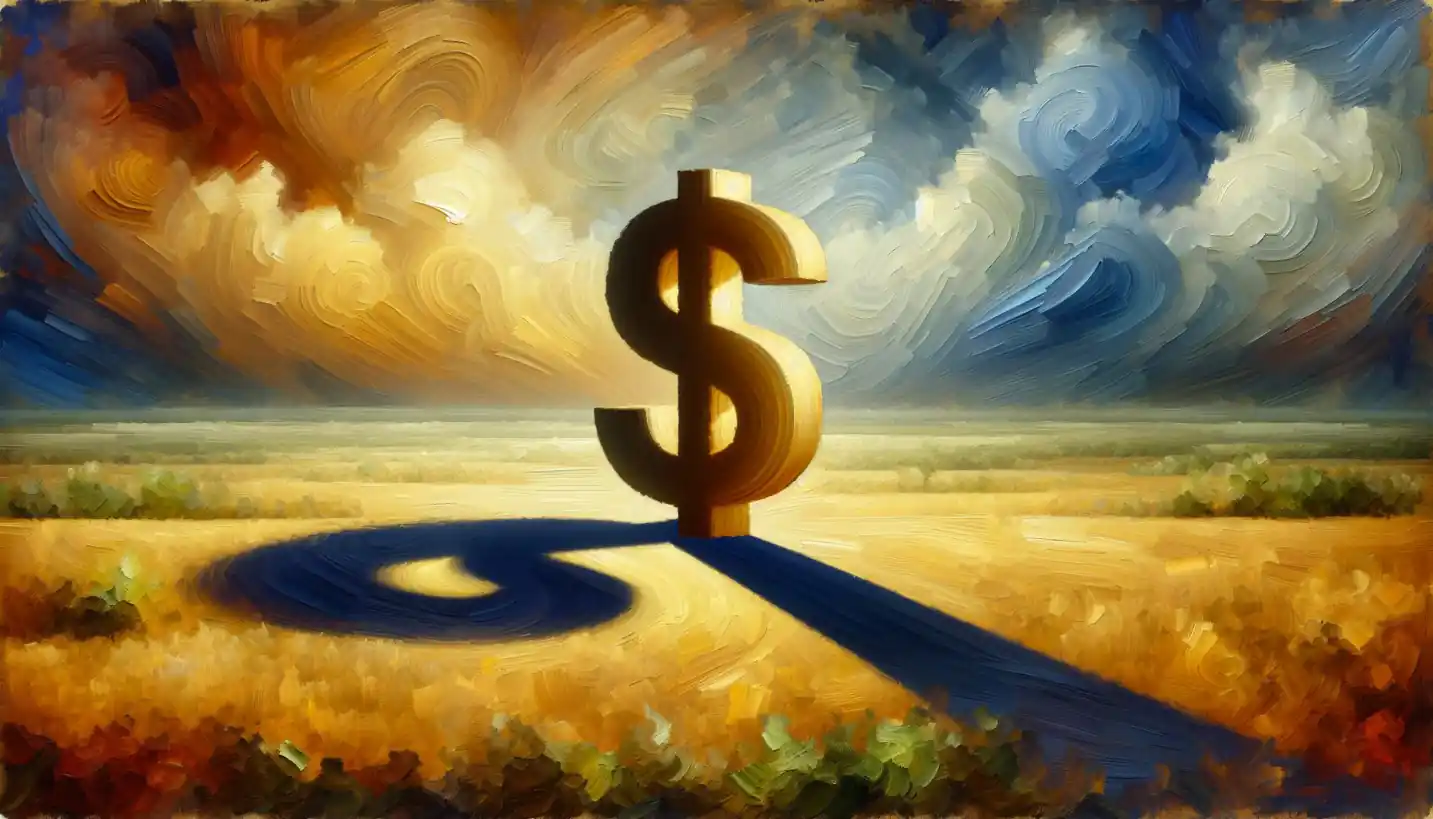· Economics · 4 min read
Public Debt: Understanding the Economic Backbone
Public debt forms the economic backbone, supporting government spending. Explore its impact on national economies and fiscal sustainability.

In our everyday lives, words like “debt” might bring up images of loans or credit card bills. But when it comes to public economics, public debt plays a crucial role. It’s like the financial fuel that keeps the engine of a country’s economy running. Public debt refers to the money a government borrows to meet its expenses when its revenue isn’t enough.
What is Public Debt?
At its core, public debt is the sum total of all a government’s borrowings. Think of it as a giant credit card that a country uses. Governments issue bonds or obtain loans to finance projects, build infrastructure, and stimulate economic growth. It’s the government’s way of getting extra funds when tax revenue falls short of expenditure.
Why Do Governments Borrow?
Imagine you’re a city planner with big dreams but not enough in your savings. You might take a loan to build a bridge that’ll facilitate trade and boost the local economy. Similarly, governments borrow to fund projects like highways, schools, and hospitals, which can improve citizens’ quality of life. These projects often require more money than the government has on hand, leading to borrowing.
Borrowing doesn’t just cover infrastructure. Sometimes, it helps in times of crisis. During economic downturns, like the 2008 financial crisis or the COVID-19 pandemic, governments increased borrowing to support citizens and businesses.
Types of Public Debt
Public debt can be domestic or external. Domestic debt is when the government borrows from its own citizens or institutions. It’s like borrowing from a family member. External debt, on the other hand, is money borrowed from foreign sources, akin to asking a friend from another country for help.
The Impact of Public Debt
With great power comes great responsibility, they say, and public debt is no exception. While borrowing can stimulate growth, excessive debt can lead to trouble. Imagine a person juggling too many loans; it becomes a struggle to keep up the payments, right? Similarly, high levels of public debt can strain a country’s finances.
Positive Aspects
Public debt isn’t all doom and gloom. It can be a powerful tool for growth and development. When used wisely, borrowed funds can boost the economy, create jobs, and improve public facilities. For instance, investing in renewable energy projects can lead to long-term savings and environmental benefits.
Negative Aspects
On the flip side, too much debt can lead to higher taxes, inflation, or even austerity measures, where the government cuts back on public services. In extreme cases, it can lead to a financial crisis, as seen in Greece in the 2010s.
How is Public Debt Managed?
Managing public debt is like handling household finances—careful planning is key. Governments aim to maintain a balance between borrowing and repayment. By planning budgets, setting limits, and choosing projects wisely, they try to ensure that debt levels remain sustainable.
Central banks play a role here, too. They influence interest rates, which affect how much governments pay to borrow money. Lower rates mean cheaper loans, making it easier for governments to manage their debt.
The Global Perspective
Different countries have different levels of public debt. Developed countries like the United States and Japan have high levels of debt but also have strong economies to support it. Developing countries, on the other hand, may face higher risks with debt due to less stable economies.
International organizations like the International Monetary Fund (IMF) and the World Bank provide guidance and assistance to countries struggling with debt. They help design programs aimed at reducing debt while boosting economic growth.
The Future of Public Debt
As the world changes, so does the nature of public debt. Climate change, technological advancements, and global pandemics create new challenges and opportunities for how countries manage their finances. It’s vital for governments to adapt and plan to meet future demands.
The Role of Technology
Technology can aid in better debt management. Digital platforms can improve transparency and efficiency in tracking and managing public finances. They can help governments make informed decisions, reducing risks and increasing accountability.
Sustainability and Innovation
Looking forward, sustainability is key. Investing in green projects and innovation can open up new avenues for growth. By focusing on sustainable development, countries can align their borrowing with efforts to combat climate change and promote long-term prosperity.
Conclusion
Public debt isn’t just a number on a balance sheet; it’s a dynamic part of economic strategy. While it offers exciting opportunities for growth and development, it also requires careful management to avoid pitfalls. As we look to the future, governments must leverage technology and sustainability to ensure that public debt remains a tool for positive change.
Curiosity might lead one to wonder how different economic policies and global trends will shape the landscape of public debt in the years to come. Could there be innovative solutions emerging from today’s challenges? Time will tell, but one thing’s for sure—understanding public debt is key to understanding the economic world around us.


